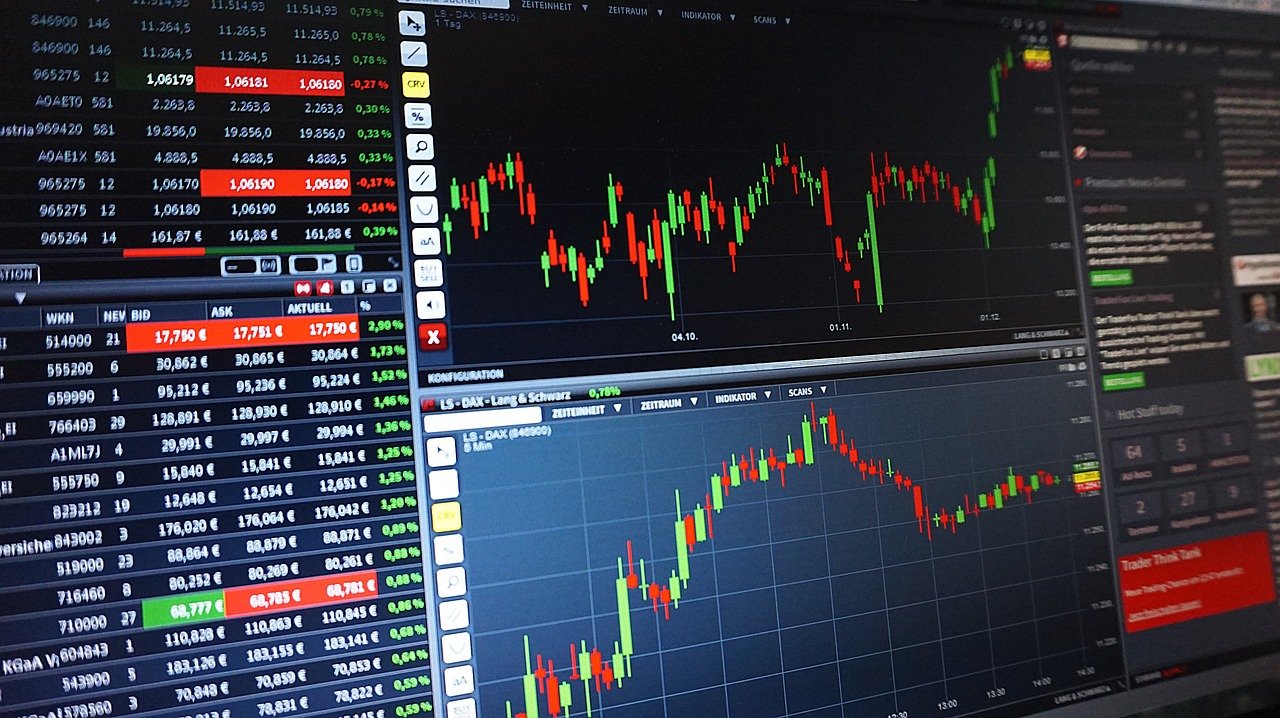On Wednesday, the US dollar declined and the euro once again rose close to the $1.22 mark, as foreign exchange traders decided to look beyond the threat of US President Donald Trump to not approve the $892 billion coronavirus relief bill that was finally agreed upon in the Congress. According to the US President, there should be an amendment in the long-awaited stimulus package for increasing the amount of stimulus checks. He said that $600 was too low and wanted congressional leaders to amend it to $2,000. This potentially disrupts the bill that had been agreed upon by Democrats and the Republicans after months of negotiation.
However, foreign exchange markets chose to overlook the President’s threat and remained mostly unchanged, with the dollar moving lower and currencies that are considered riskier, like the Australian dollar, earning some solid gains. Market analysts said that the financial markets had opted to not react to this notable threat by President Trump for blocking the stimulus package because they expect that the package will eventually go through and he will sign it. They also said that there was a possibility that this indifference of the market could end up shifting to risk aversion.
This would result in a rebound for the US dollar, if Trump’s demand of a larger stimulus is blocked by Republicans in the Senate. The dollar had declined by 0.1% by 0835 GMT against the basket of other major currencies. This year, there has been more than a 6% drop in the dollar index, as investors had bet that the US Federal Reserve would continue to keep their monetary policy ultra-easy. Stock markets are buoyed by expectations of additional declines in the US dollar and emerging market currencies are responding in the same way. There was a 0.2% jump in the euro, as it reached $1.2183.
There was a 0.5% jump in Sterling, as it increased to $1.3442 because of speculation that Britain and the European Union would announce a Brexit trade deal later in the day. The pound has been moving up and down constantly because of hopes of a trade deal before the transition period for Britain comes to an end on December 31st. Most of the foreign exchange traders believe that the two sides will come to an agreement on a deal, even when there is very little time left for forging and ratifying an agreement.
Analysts said that the markets were simply waiting for the final outcome of the Brexit talks and conflicting headlines were just causing them to swing. Therefore, volatility was to be expected in the sterling. Elsewhere, there was also a 0.7% gain in the Australian dollar, as it reached as high as $0.7575. This was because of indications that it was possible to contain a small coronavirus outbreak that had occurred in Sydney. There was a 0.2% drop in the US dollar against the Japanese yen, which is another safe-haven currency, as it reached 103.44. The US currency had declined by 0.2% against the Chinese yuan as well.
